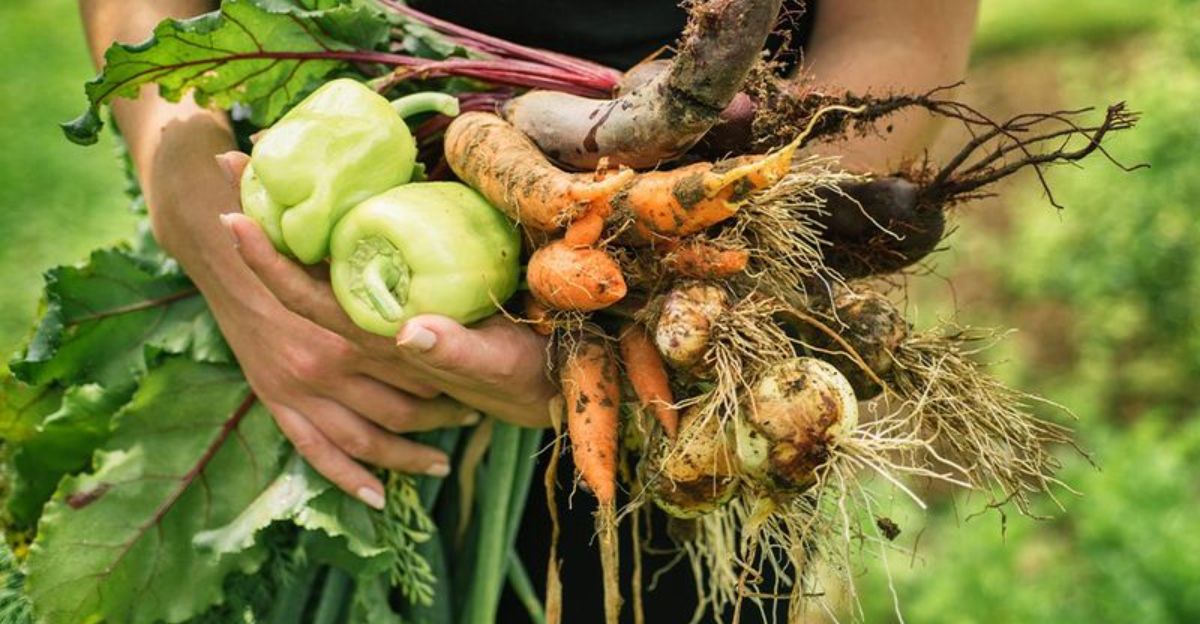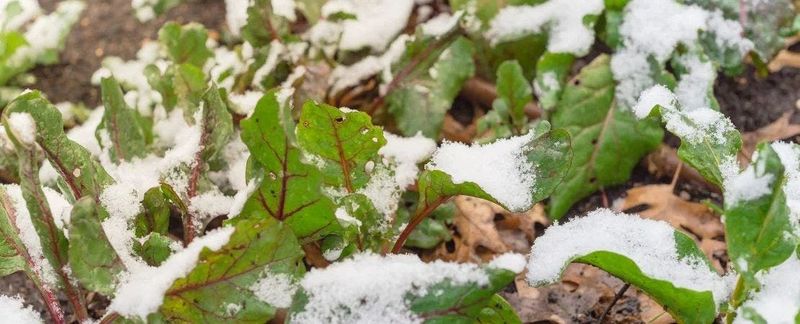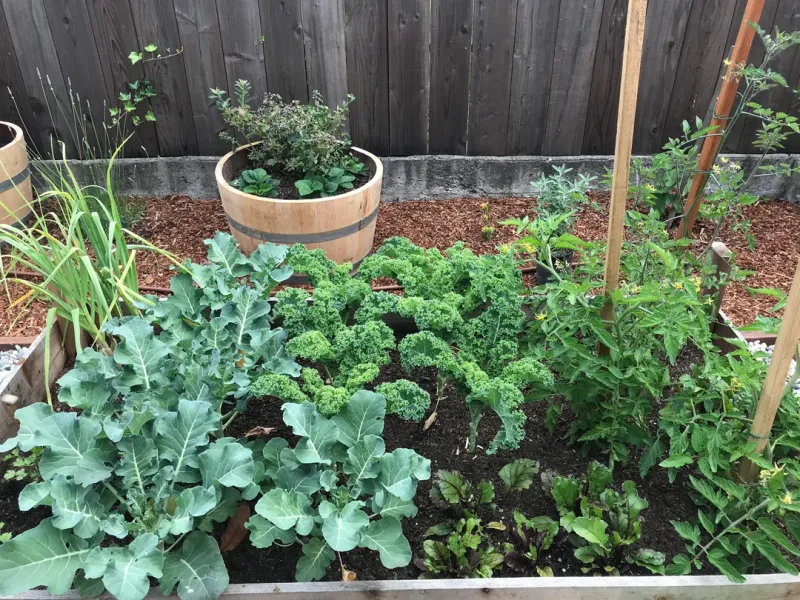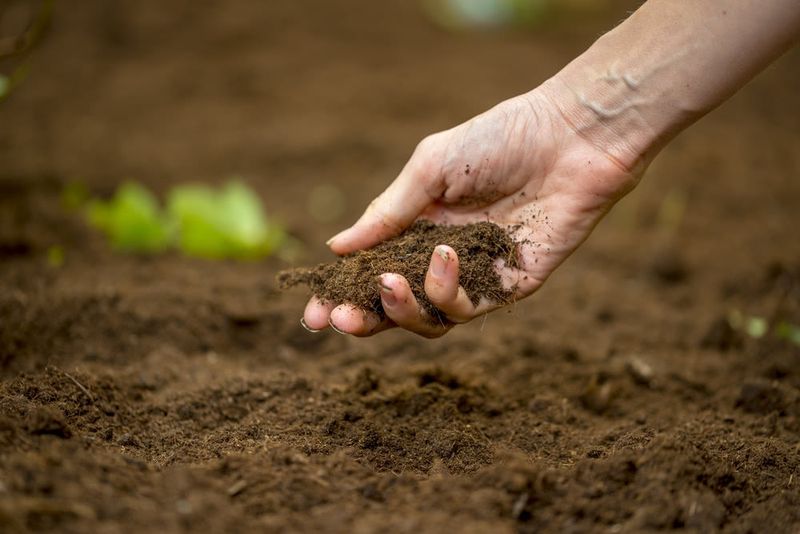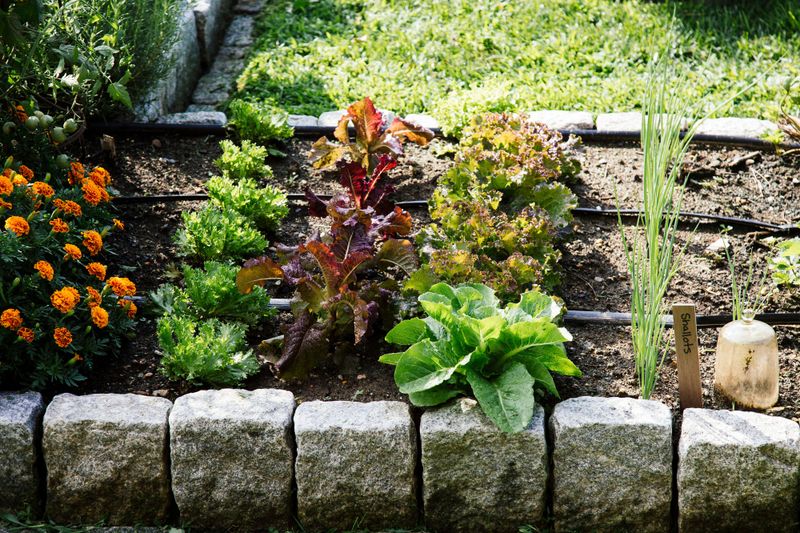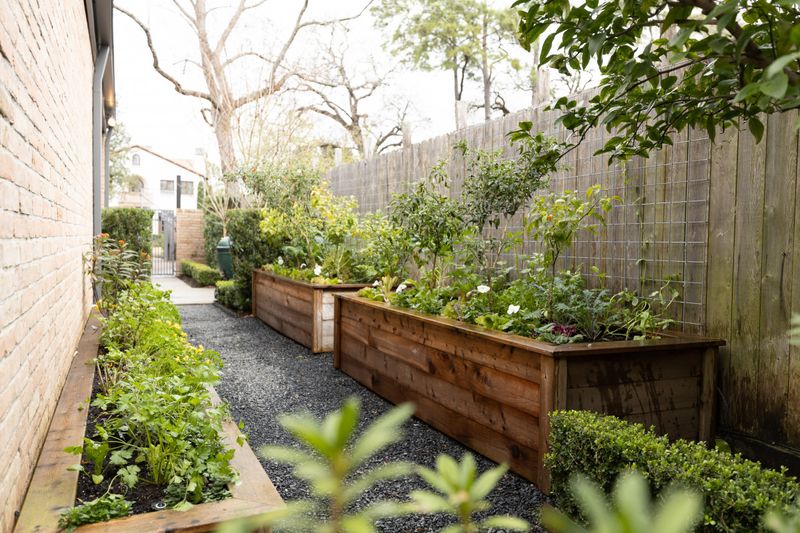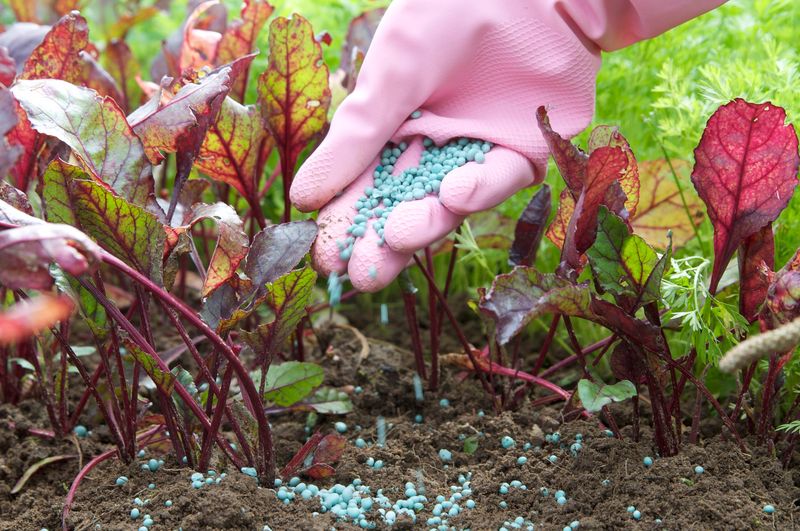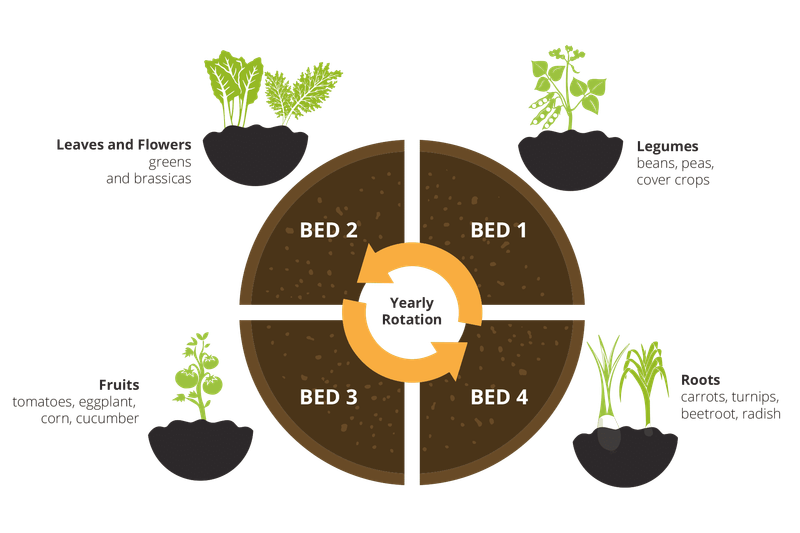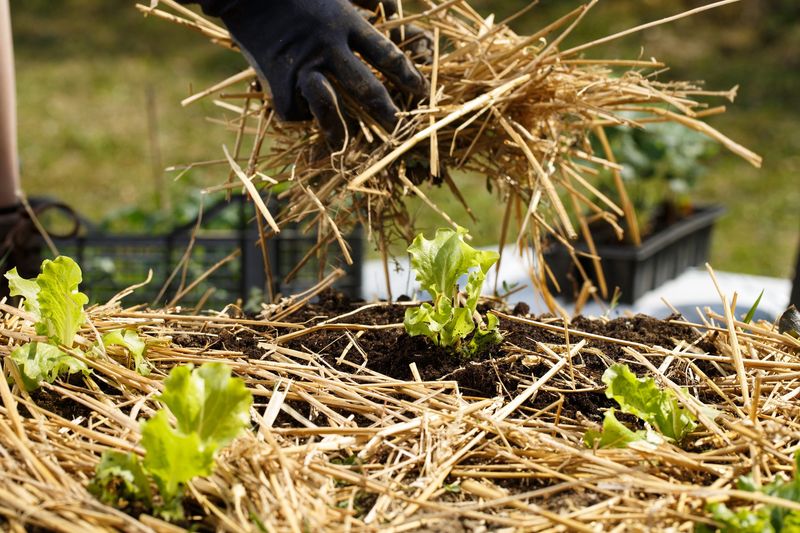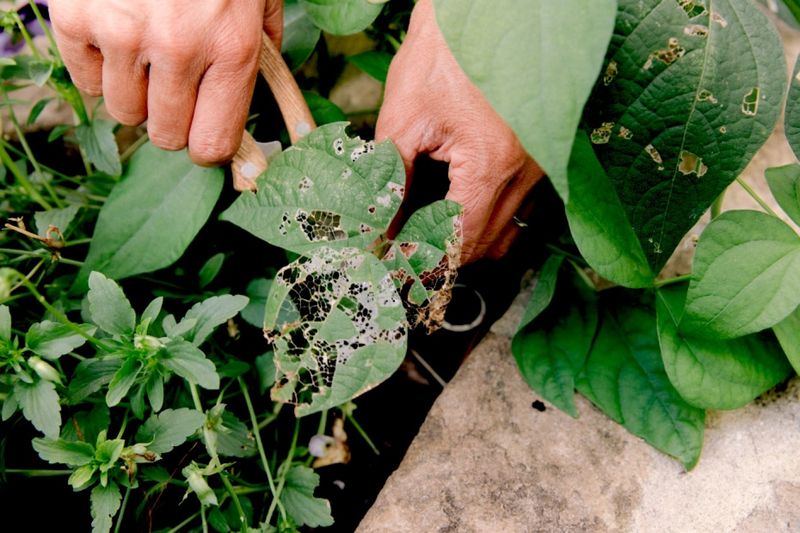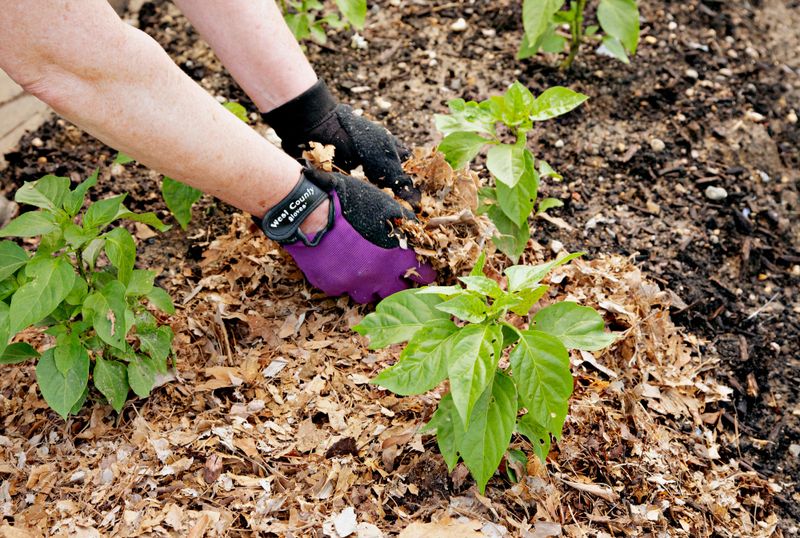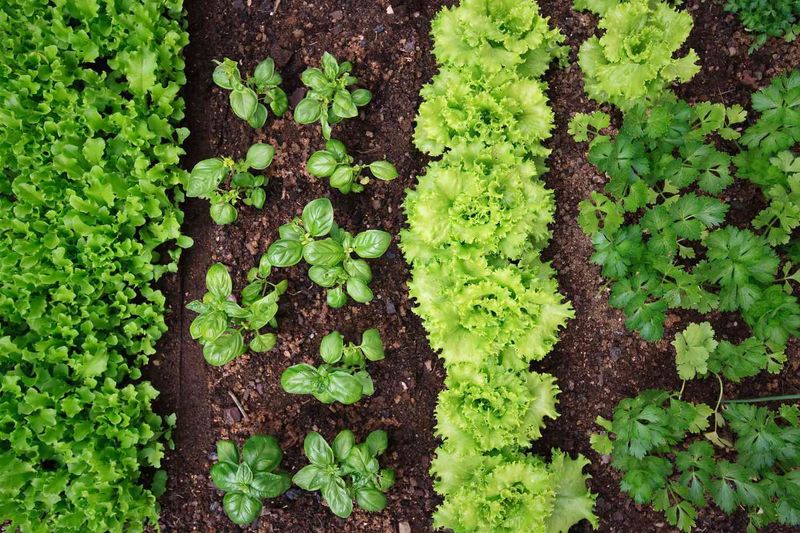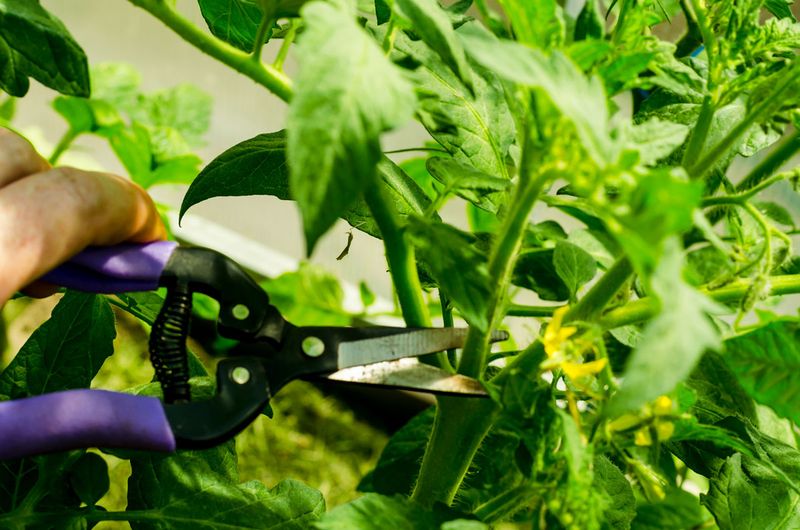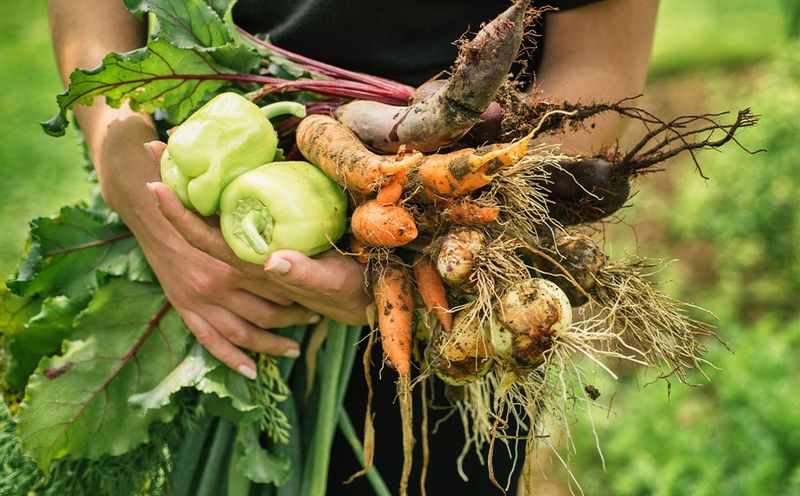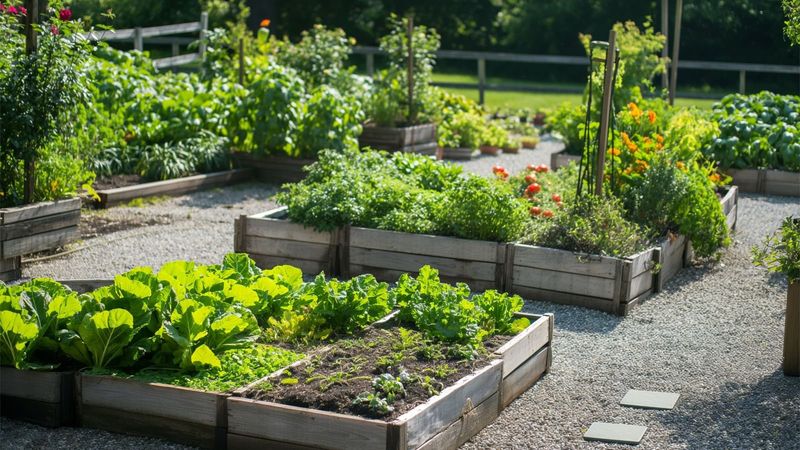Gardening is a rewarding endeavor, but even seasoned gardeners can fall prey to common pitfalls that diminish harvests. From planting at the wrong time to neglecting pest control, these mistakes can spell disaster for your vegetable garden.
In this blog post, we’ll explore 15 frequent errors and provide insights on how to avoid them. Whether you’re a newbie or a pro, understanding these blunders will help you cultivate a more bountiful vegetable garden.
Get ready to boost your gardening skills and enjoy a more fruitful harvest with these tips!
1. Planting Too Early or Too Late
Timing is everything in gardening. Planting too early subjects seedlings to frost, while planting too late misses the growing window. Both scenarios lead to stunted growth or plant death.
Checking local frost dates is crucial to schedule the planting at the optimal time. Consider using a calendar or gardening app to keep track of these dates.
Additionally, pay attention to the specific needs of different vegetables, as some may tolerate cooler temperatures better than others. By aligning your planting schedule with seasonal changes, you can ensure a thriving garden.
2. Overcrowding Plants
Crowding plants in a garden restricts air circulation and limits access to sunlight. This creates an environment prone to disease and weak growth. Give plants enough space to ensure healthy root development and optimal growth.
Refer to seed packets or gardening guides for specific spacing recommendations. Overcrowding can also lead to competition for nutrients, further stressing the plants.
Plan your garden layout carefully, considering mature plant sizes. By allowing adequate space, you create a more harmonious and productive garden environment.
3. Poor Soil Preparation
Skipping soil preparation leads to weak, nutrient-deficient plants. Properly prepared soil, rich in organic matter, supports healthy plant growth. Before planting, enrich the soil with compost or amendments to boost fertility.
Testing the soil for nutrient content can guide which amendments are necessary. Poor soil structure also affects water drainage, leading to root issues.
Consider double-digging or tilling to improve soil texture. By investing time in soil preparation, you’ll lay the foundation for a successful garden.
4. Inconsistent Watering
Inconsistent watering stresses plants, impacting growth and fruit development. Too much water can drown roots, while too little leads to wilting. Establishing a regular watering schedule helps maintain balance.
Consider drip irrigation systems for even moisture distribution. Observe your garden and adjust watering based on weather conditions, soil type, and plant needs.
Mulching can also help retain soil moisture, reducing fluctuations. By keeping water levels consistent, you support healthier, more productive plants.
5. Ignoring Sunlight Needs
Sunlight is crucial for photosynthesis and overall plant health. Most vegetables need 6–8 hours of full sun daily. Planting in shaded areas leads to spindly growth and poor yields. Assess your garden’s sunlight exposure before planting.
Consider the path of the sun throughout the day and season. If full sun spots are limited, choose shade-tolerant vegetables.
By aligning plant placement with sunlight requirements, you maximize productivity and growth. Shade cloth may also be used to manage sunlight in overly sunny areas.
6. Using the Wrong Fertilizer
Applying the wrong fertilizer can harm plants or encourage unwanted growth. Over-fertilizing leads to chemical burns, while under-fertilizing results in weak growth. Understanding nutrient needs and selecting the right fertilizer is vital.
Conduct soil tests to determine existing nutrient levels. Different vegetables have varied nutrient requirements, so tailoring fertilizer use is key.
Organic options like manure or compost provide balanced nutrition without the risk of chemical damage. By choosing the right fertilizer, you support robust plant growth and better yields.
7. Neglecting Crop Rotation
Growing the same crops in the same spot encourages pest accumulation and soil diseases. Crop rotation disrupts pest life cycles and maintains soil health. Plan your garden layout to rotate crops with different nutrient needs.
This reduces soil depletion and balances nutrient distribution. Rotate families of crops, such as brassicas or legumes, to further prevent disease build-up.
A three-year rotation plan works well for most gardens. By practicing crop rotation, you build a resilient garden with fewer pest problems.
8. Letting Weeds Take Over
Weeds compete with vegetables for nutrients, water, and sunlight. Ignoring them leads to overcrowded, struggling plants. Regular weeding is essential to maintain garden health. Use mulch to suppress weed growth and make pulling weeds easier.
Hand-pulling or hoeing weeds when they’re small prevents them from setting seeds. Stay vigilant throughout the growing season, and address weeds promptly.
By controlling weeds, you keep your vegetables healthy and ensure a more productive garden space.
9. Not Controlling Pests Early
Pests can quickly become a major issue if left unchecked. Early intervention is crucial to prevent infestations from escalating. Regularly inspect plants for signs of pest activity, such as holes in leaves or discolored spots.
Employ natural pest control methods, like introducing beneficial insects or using organic sprays. Create an environment that encourages natural predators, such as birds and ladybugs.
By addressing pest problems early, you protect your crops from significant damage and ensure a more successful harvest.
10. Skipping Mulch
Mulch plays a vital role in maintaining garden health. It helps retain soil moisture, suppress weeds, and regulate temperature. Skipping mulch leaves plants vulnerable to environmental stresses.
Use organic mulches like straw or wood chips to enrich the soil as they decompose. Apply a layer of mulch a few inches deep, taking care not to cover plant stems. Mulch also acts as a barrier against soil-borne diseases.
By incorporating mulch into your garden routine, you create a more stable and productive growing environment.
11. Poor Plant Selection
Choosing the wrong plant varieties can lead to disappointment. Not all vegetables thrive in every climate and soil type. Researching suitable plants for your region and garden conditions is vital.
Consider local extension services or gardening groups for advice on best-suited varieties. Pay attention to disease resistance and growth habits when selecting seeds or seedlings.
By choosing the right plants, you set the stage for a more successful and rewarding gardening experience.
12. Neglecting Pruning or Thinning
Neglecting to prune or thin plants leads to overcrowding, reduced airflow, and increased disease risk. Pruning removes dead or diseased material, promoting healthy growth. Thinning seedlings gives remaining plants space to thrive.
Regularly check your garden for areas needing attention. Use clean, sharp tools to avoid plant damage.
Proper pruning and thinning enhance air circulation and allow sunlight to reach all parts of the plant. By maintaining plant structure, you encourage better yields and healthier plants.
13. Not Testing Soil pH
Soil pH affects nutrient uptake and overall plant health. Many vegetables prefer a pH between 6.0 and 7.0. Test soil pH annually to ensure it’s within the ideal range. Home testing kits provide quick results and guide necessary adjustments.
Amend soil with lime to raise pH or sulfur to lower it. Adjusting pH improves nutrient availability, supporting stronger plant growth. By monitoring soil pH, you create a more favorable environment for your vegetables and enhance garden productivity.
14. Harvesting Too Late or Too Early
Harvesting at the right time is key to flavor and yield. Picking vegetables too early often results in poor taste and size, while late harvesting can lead to over-ripeness and spoilage. Familiarize yourself with the growth stages of each vegetable in your garden.
Use visual cues and texture to determine readiness. Regularly assess crops for signs of peak ripeness. By timing your harvests well, you enjoy better-tasting produce and maximize your garden’s productivity.
15. Forgetting to Monitor and Adjust
Gardening requires regular observation and adjustment. Missing these checks can allow problems to escalate. Create a schedule for monitoring plant health, soil moisture, and pest activity. Make adjustments as needed, based on observations.
Being proactive helps catch issues early and ensures interventions are timely and effective. This ongoing attention supports a thriving garden environment.
By staying engaged with your garden, you prevent small issues from becoming major setbacks and enjoy a more successful harvest.
